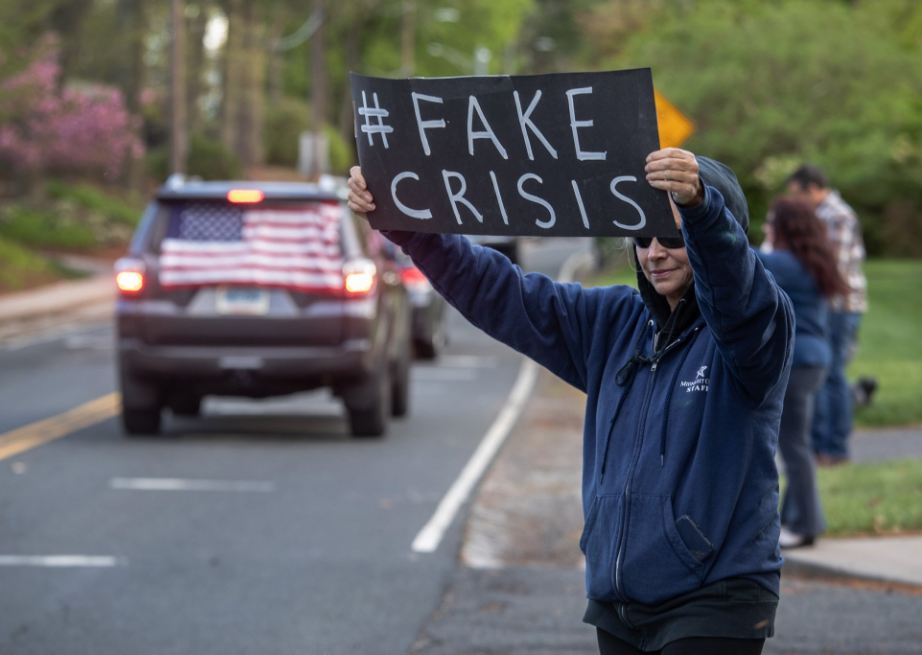At the end of another long shift treating coronavirus patients, Dr. Hadi Halazun opened his Facebook page to find a man insisting to him that “no one’s dying” and that the coronavirus is “fake news” drummed up by the news media.
Hadi tried to engage and explain his firsthand experience with the virus. In reply, another user insinuated that he wasn’t a real doctor, saying pictures from his profile showing him at concerts and music festivals proved it.
“I told them: ‘I am a real doctor. There are 200 people in my hospital’s ICU,'” said Halazun, a cardiologist in New York. “And they said, ‘Give me your credentials.’ I engaged with them, and they kicked me off their wall.”
“I left work and I felt so deflated. I let it get to me.”
Halazun, like many other health care professionals, is dealing with a bombardment of misinformation and harassment from conspiracy theorists, some of whom have moved beyond posting online to pressing doctors for proof of the severity of the pandemic.
And it’s taking a toll. Halazun said dealing with conspiracy theorists is the “second most painful thing I’ve had to deal with, other than separation of families from their loved one.”
Several other doctors shared similar experiences, saying that they regularly had to treat patients who had sought care too late because of conspiracy theories spread on social media and that social media companies have to do more to counteract the forces that spread lies for profit.Dr. Duncan Maru, a physician and epidemiologist in Queens, New York, said he had heard from colleagues that a young patient had come into the emergency room last week with damage to his intestinal tract after having ingested bleach. The incident occurred just days after President Donald Trump suggested that “injection” of disinfectants should be researched as a potential coronavirus treatment.
“Folks delaying seeking care or, taking the most extreme case, somebody drinking bleach as a result of structural factors just underlines the fact that we have not protected the public from disinformation,” Maru said.
The structural factors in this case include Facebook, YouTube and Twitter, which have struggled to contain the spread of misinformation, some of it coming from positions of authority.
Social networks have taken a variety of steps in recent weeks to thwart misinformation, such as providing dedicated portals for vetted information from public health officials and banning content related to conspiracy theories around 5G wireless technology.
Despite the efforts, the distribution networks built up in recent years by fringe media personalities and activists on tech platforms and through websites have proven resilient.
Whitney Phillips, a assistant professor of communications who studies the spread of disinformation at Syracuse University, said the coronavirus outbreak offers a look at how conspiracy thinking is now, in some ways, more organized.
“With conspiracy theories, the reason they’re impervious to fact-checking is that they have become a way of being in the world for believers,” Phillips said. “It isn’t just one narrative that you can debunk. It is a holistic way of being in the world that has been reinforced by all the other bulls— that these platforms have allowed people to consume for years.”


